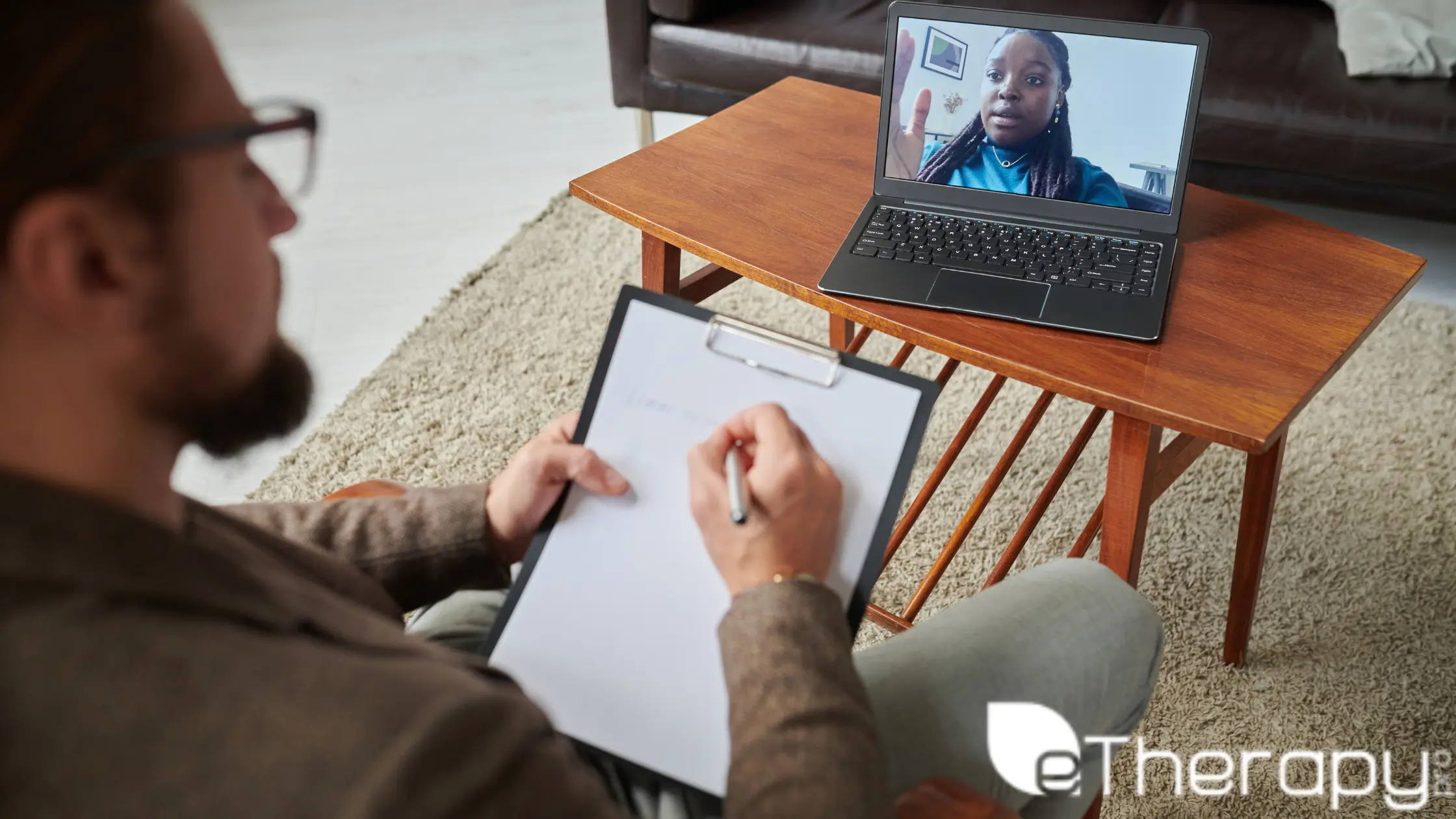Transitioning from a regular therapist to an online therapist can be a difficult process. You are accustomed to visiting a counselor’s office and discussing the issues face-to-face. Many people don’t believe that the online medium can offer the same level of comfort and support.
Fortunately, research suggests otherwise and many patients have found eTherapy to be more effective than other options. Here’s a look at six tips that can help you transition effectively:
1. Understand the Difference
The first step is to understand the difference between online and traditional therapy. Online sessions are often much different than face-to-face counseling. You are communicating through a different medium, so you may need to approach the sessions differently. Attending sessions in a noisy home environment may not work as well as it should.
That’s why understanding the difference between the two options is essential. You need to know what you’re dealing with before you proceed. It is a good idea to discuss the option with your current therapist if you’re uncertain.
2. What Medium Works?
The next factor to consider is the medium of communication. Different platforms offer different mediums. Look at the online therapy provider’s website to see what kind of options they offer. The most popular options are text-based like messaging, email, chat, etc. Some platforms offer voice and video call facilities as well.
Consider what medium you are most comfortable with. Do you express yourself better in emails and chats? Do you prefer to speak directly? The success of your sessions depends on these factors.
There’s no need to worry about the communication medium from the get-go. Most therapy platforms are flexible and will allow you to switch to a different medium if your current one doesn’t work out.
3. Looking for the Right Platform
The quality of the therapy platform is also an important factor to consider. You need to speak with qualified professionals with the right training and certifications. That can only happen if the platform performs all due diligence when they hire someone.
Look for a therapy platform that has good reviews and a good reputation. Explore their website to see what kind of services they offer. Look at all of the pages and their content to see if they are informative.
Most of all, look for free sessions. Many online therapy websites provide a few free days or sessions so you can experiment to see if the platform is suitable. You can also ask the website’s customer service agent about the counselors available.
4. Get a Professional Assigned
Once you have picked a platform, it is time to get a professional assigned to you. All you need to do is fill up a form detailing your requirements and concerns. The form will have several questions aimed at understanding your issues and will only take a few minutes.
After you have filled in a form, the system will process it and the platform will assign a therapist to you. This therapist will be someone with the training and experience to handle your particular concerns. For example, if you are struggling with depression, the therapist assigned will specialize in depression and related concerns.
5. Evidence-Based Practices
A good therapist will employ evidence-based practices to help you deal with your mental health concerns. These practices have years of research behind them and have been proven in many trials. For example, Cognitive Behavioral Therapy is one such approach that can help address a wide range of issues ranging from social anxiety to panic attacks.
This approach is no different from the approach employed by traditional therapists. Once you get accustomed to the new medium, you will recognize the approach and adjust accordingly. You can also ask the therapist what kind of approach they use to address mental health issues in their patients. Most counselors will be happy to explain their process.
6. Understand Your Goal
What is your goal with therapy? Do you want to find ways to improve your focus and productivity? Are you struggling with depression and self-sabotaging behavior? Approaching therapy with a goal in mind can help you remain focused and motivated even when the platform has changed.
You can discuss your goals with the therapist in detail during the first few sessions. That will help improve the chances of your success.
The transition will be easier if you approach it with a positive mindset. There is very little difference between traditional therapy and online therapy. It is a good idea to take it seriously and follow the therapist’s advice as much as possible. That will help you get on the right path with your mental health and ensure you recover quickly.


